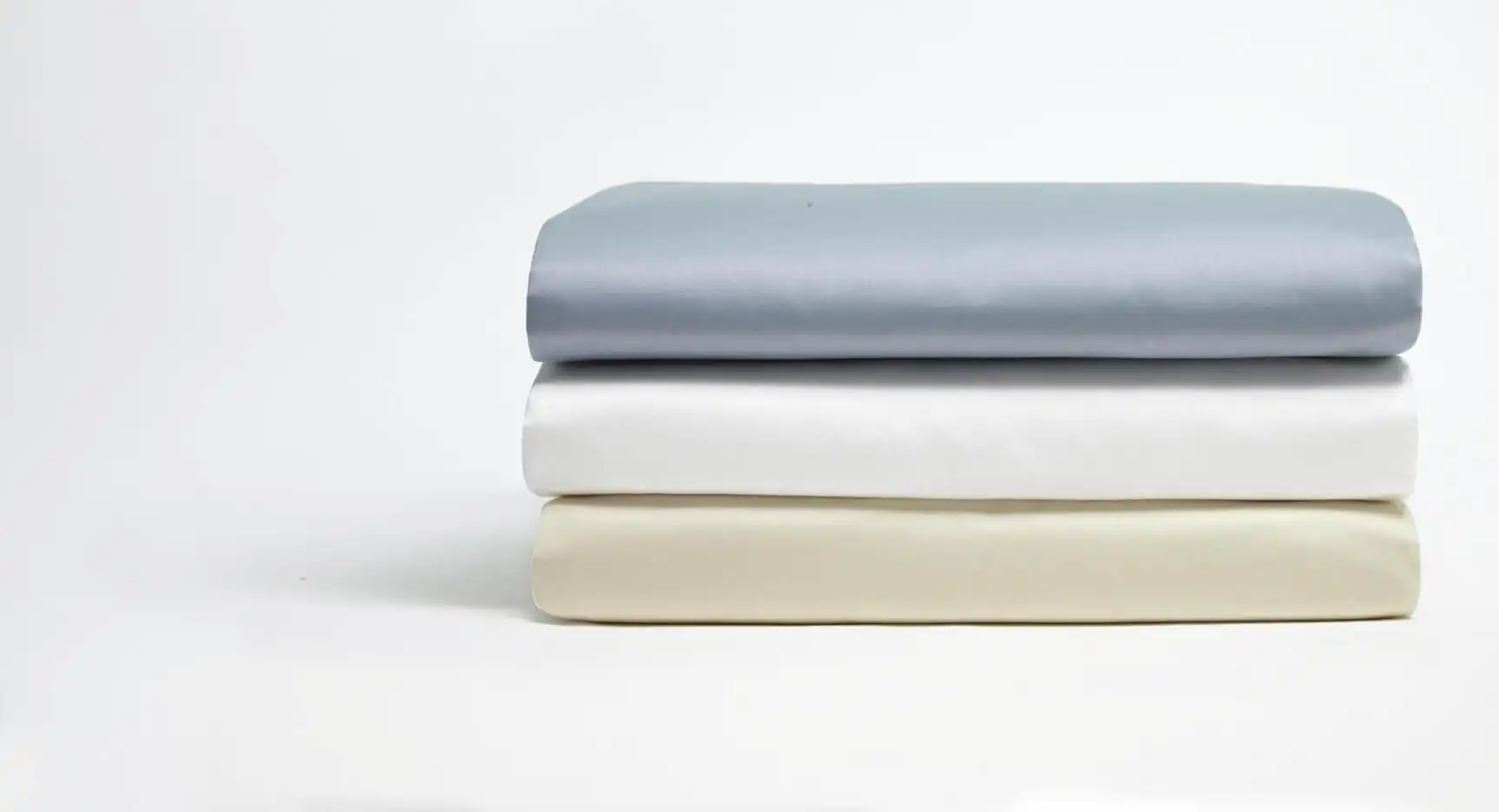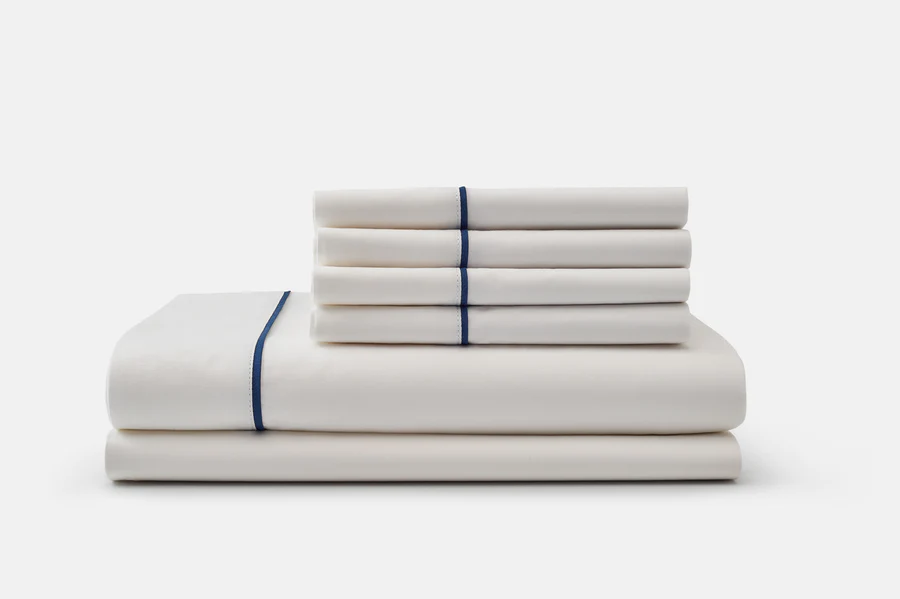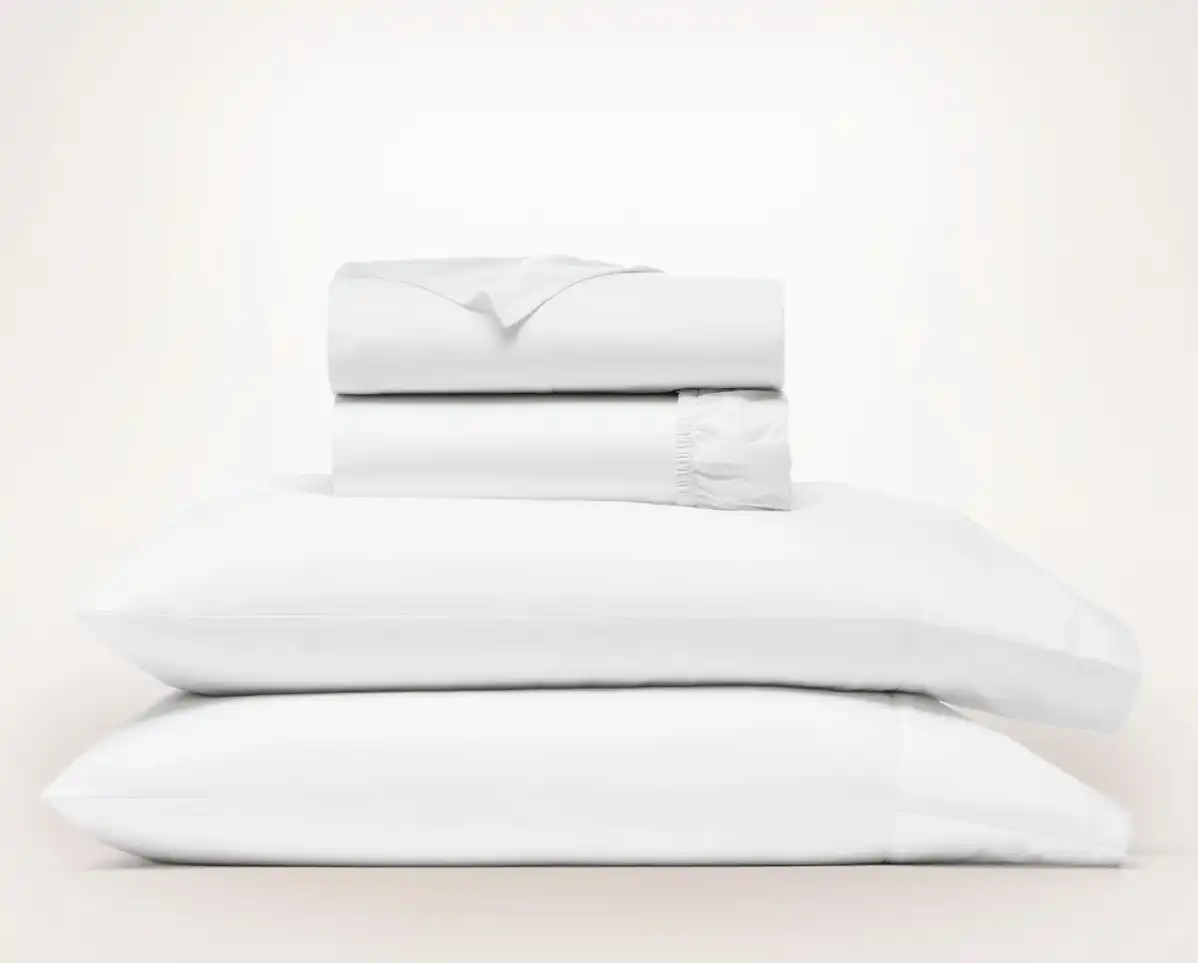The United States Department of Agriculture needs to establish stricter standards for the production and sales of cotton that has been treated with chemicals and pollutants. The only standard for clothing that is labeled organic that the USDA requires “be made with fibers from USDA-certified organic crops” (USDA.gov, 2018). However, that organic cotton product can be dyed or be given a chemical treatment by separate manufacturers and can still be sold as 100 percent organic cotton. Cotton is the world leader in pesticide use when compared to other crops but pesticide d for growing high yields. We should value the environment more than we value the economy.
Organic cotton is cotton grown “free from most synthetic chemical inputs such as pesticides, herbicides and chemical fertilizers” (Myers and Stolton, 1999). Organic cotton does grow in North America, mainly in Texas, Arizona, Missouri, and parts of New Mexico (about organic cotton, 2016, Organic Exchange, 2017) During a 2016 to 2017 study led by the Textile Exchange the organic cotton market showed that only “495,948 bales of organic cotton were grown by 219,947 farmers on 747,647 acres” (textileexchange.org) . These numbers seem substantial, but when compared to other cotton production, only 0.5% was produced organically (textileexchange.org).
Global consumption of cotton happens, but the majority of those in favor of an organic lifestyle reside in the United States. Many of the companies, especially in the apparel industry, want to do good for the environment, but many times they do not have direct contact with the farmers or manufacturers of the fibers. It is time to inform those consumers, both at the commercial and residential level, about how the USDA needs to step in to change how conventional cotton is grown and how organic cotton is later manufactured.
Cotton represents 38% of the world’s textiles use (ICAC, 2008), but “cotton production is anything but natural” (Winston, 2001). The most recent data available shows that cotton uses $3.3 billion in pesticides in 2014 (Chaudhry, 2014). Research done by the Vancouver Sun speaks out by stating that each year, one acre of conventional cotton will be sprayed with fourteen pounds of pesticides, which rounds out to sixteen percent of the world’s pesticide supply as of 2011. It is the most “pesticide-intensive” crop in the world (Striepe, 2011).
There are already some minor standards put into place in order for the fiber to be marked and sold as organic. Another study done in 2007, Hustvedt and Dickson noticed a growing trend in buying organic foods and an all-around “organic lifestyle”. According to their research, clothing made from organic cotton material increased in sales by $1.07 billion just in 2006, and the trend has continued to grow throughout the past ten years (Hustvedt & Dickson, 2008). “Although the acreage of organic cotton has increased in recent years, it still represents only one-tenth of one percent of cotton grown around the planet” (Winston, 2001). Since 2001, “global retail sales of organic cotton products increased from $245 million to $583 million in 2005” (Organic Exchange, 2006). This equals out to a thirty-five percent growth per year (Organic Exchange, 2006). These contributions only represent a still very small market, and the contributions are not making a difference for what we are striving for.
It is time for the Department of Agriculture to step in. In 2017, the EPA put out the most recent document listing all the chemicals and pesticides used in conventional cotton farming methods that lead to carcinogenic outcomes (U.S. EPA, 2017). The EPA has been updating this list since 1976 and organic cotton is still only 0.5% of all cotton production. The Department of Agriculture needs to establish stricter standards for pesticide use, because of their allowance for chemicals in advertised organic products .
Works Cited
About Organic Cotton. (2016). Textile Exchange. Retrieved from https://aboutorganiccotton.org
Chaudhry, R. (2014). Harvesting and ginning in the world. International Cotton Advisory Council. Retrieved from https://www.icac.org/cotton_info/speeches/Chaudhry/BW97.PDF Myers, D., & Stolton, S. (1999). Organic cotton: From field to final product. Intermediate Technology Publications Ltd (ITP), London.
Hustvedt, G., & Dickson, M. A. (2008). Consumer likelihood of purchasing organic cotton apparel: Influence of attitudes and self-identity. Journal of Fashion, Marketing, and Management. Retrieved from https://www.researchgate.net/profile/Gwendolyn_Hustvedt
ICAC (International Cotton Advisory Committee). (1996). Growing organic cotton. ICAC Washington D.C.
Organic Exchange. (2017). Textile Exchange. Retrieved from https://textileexchange.org
Striepe, B. (2011). Cotton: The dirty truth about “The Fabric of our Lives”. Crafting a Green World. Retrieved from https://craftingagreenworld.com/2011/10/11/the-dirty-side-of-cotton/
Textile Exchange. (2017). 2017 organic cotton market report. Textile exchange. Retrieved from https://textileexchange.org/downloads/2017-organic-cotton-market-report/
United States Department of Agriculture. (2018). Cotton. United States Department of Agriculture. Retrieved from https://www.ams.usda.gov/grades-standards/cotton
United States Environmental Protection Agency. (2017). Chemicals evaluated for carcinogenic potential. Office of Pesticide Programs.
Winston, M. (2001, July 16). First food, then fibres: Now the clothing industry has cottoned on to organic farming and become friendlier to the environment, purists can breathe easier. The Vancouver Sun (British Columbia). Retrieved from https://advance.lexis.com/api/permalink/7cb2a0c3-aec5-4f2c-88b3-f0a2ec605014/?context=1516831







4 thoughts on “Organic Cotton vs Regular Cotton : What’s the Difference?”
The United States Department of Agriculture needs to establish stricter standards for the production and sales of cotton that has been treated with chemicals and pollutants. The only standard for clothing that is labeled organic that the USDA requires “be made with fibers from USDA-certified organic crops” (USDA.gov, 2018). However, that organic cotton product can be dyed or be given a chemical treatment by separate manufacturers and can still be sold as 100 percent organic cotton. Cotton is the world leader in pesticide use when compared to other crops but pesticide d for growing high yields. We should value the environment more than we value the economy.
Organic cotton is cotton grown “free from most synthetic chemical inputs such as pesticides, herbicides and chemical fertilizers” (Myers and Stolton, 1999). Organic cotton does grow in North America, mainly in Texas, Arizona, Missouri, and parts of New Mexico (about organic cotton, 2016, Organic Exchange, 2017) During a 2016 to 2017 study led by the Textile Exchange the organic cotton market showed that only “495,948 bales of organic cotton were grown by 219,947 farmers on 747,647 acres” (textileexchange.org) . These numbers seem substantial, but when compared to other cotton production, only 0.5% was produced organically (textileexchange.org).
Global consumption of cotton happens, but the majority of those in favor of an organic lifestyle reside in the United States. Many of the companies, especially in the apparel industry, want to do good for the environment, but many times they do not have direct contact with the farmers or manufacturers of the fibers. It is time to inform those consumers, both at the commercial and residential level, about how the USDA needs to step in to change how conventional cotton is grown and how organic cotton is later manufactured.
Cotton represents 38% of the world’s textiles use (ICAC, 2008), but “cotton production is anything but natural” (Winston, 2001). The most recent data available shows that cotton uses $3.3 billion in pesticides in 2014 (Chaudhry, 2014). Research done by the Vancouver Sun speaks out by stating that each year, one acre of conventional cotton will be sprayed with fourteen pounds of pesticides, which rounds out to sixteen percent of the world’s pesticide supply as of 2011. It is the most “pesticide-intensive” crop in the world (Striepe, 2011).
There are already some minor standards put into place in order for the fiber to be marked and sold as organic. Another study done in 2007, Hustvedt and Dickson noticed a growing trend in buying organic foods and an all-around “organic lifestyle”. According to their research, clothing made from organic cotton material increased in sales by $1.07 billion just in 2006, and the trend has continued to grow throughout the past ten years (Hustvedt & Dickson, 2008). “Although the acreage of organic cotton has increased in recent years, it still represents only one-tenth of one percent of cotton grown around the planet” (Winston, 2001). Since 2001, “global retail sales of organic cotton products increased from $245 million to $583 million in 2005” (Organic Exchange, 2006). This equals out to a thirty-five percent growth per year (Organic Exchange, 2006). These contributions only represent a still very small market, and the contributions are not making a difference for what we are striving for.
It is time for the Department of Agriculture to step in. In 2017, the EPA put out the most recent document listing all the chemicals and pesticides used in conventional cotton farming methods that lead to carcinogenic outcomes (U.S. EPA, 2017). The EPA has been updating this list since 1976 and organic cotton is still only 0.5% of all cotton production. The Department of Agriculture needs to establish stricter standards for pesticide use, because of their allowance for chemicals in advertised organic products .
Works Cited
About Organic Cotton. (2016). Textile Exchange. Retrieved from https://aboutorganiccotton.org
Chaudhry, R. (2014). Harvesting and ginning in the world. International Cotton Advisory Council. Retrieved from https://www.icac.org/cotton_info/speeches/Chaudhry/BW97.PDF Myers, D., & Stolton, S. (1999). Organic cotton: From field to final product. Intermediate Technology Publications Ltd (ITP), London.
Hustvedt, G., & Dickson, M. A. (2008). Consumer likelihood of purchasing organic cotton apparel: Influence of attitudes and self-identity. Journal of Fashion, Marketing, and Management. Retrieved from https://www.researchgate.net/profile/Gwendolyn_Hustvedt
ICAC (International Cotton Advisory Committee). (1996). Growing organic cotton. ICAC Washington D.C.
Organic Exchange. (2017). Textile Exchange. Retrieved from https://textileexchange.org
Striepe, B. (2011). Cotton: The dirty truth about “The Fabric of our Lives”. Crafting a Green World. Retrieved from https://craftingagreenworld.com/2011/10/11/the-dirty-side-of-cotton/
Textile Exchange. (2017). 2017 organic cotton market report. Textile exchange. Retrieved from https://textileexchange.org/downloads/2017-organic-cotton-market-report/
United States Department of Agriculture. (2018). Cotton. United States Department of Agriculture. Retrieved from https://www.ams.usda.gov/grades-standards/cotton
United States Environmental Protection Agency. (2017). Chemicals evaluated for carcinogenic potential. Office of Pesticide Programs.
Winston, M. (2001, July 16). First food, then fibres: Now the clothing industry has cottoned on to organic farming and become friendlier to the environment, purists can breathe easier. The Vancouver Sun (British Columbia). Retrieved from https://advance.lexis.com/api/permalink/7cb2a0c3-aec5-4f2c-88b3-f0a2ec605014/?context=1516831
Is there a way to test the fabric whether it’s organic cotton or non-organic cotton in order to justify the final end customer. if so what methods are being used to testify and who will do this to testify
seems very biased towards organic cotton. “Normal cotton” can be changed fields too?? And GM cotton requires LESS pesticides and water, not MORE.
I think that organic will absolutely crush regular like a sigma